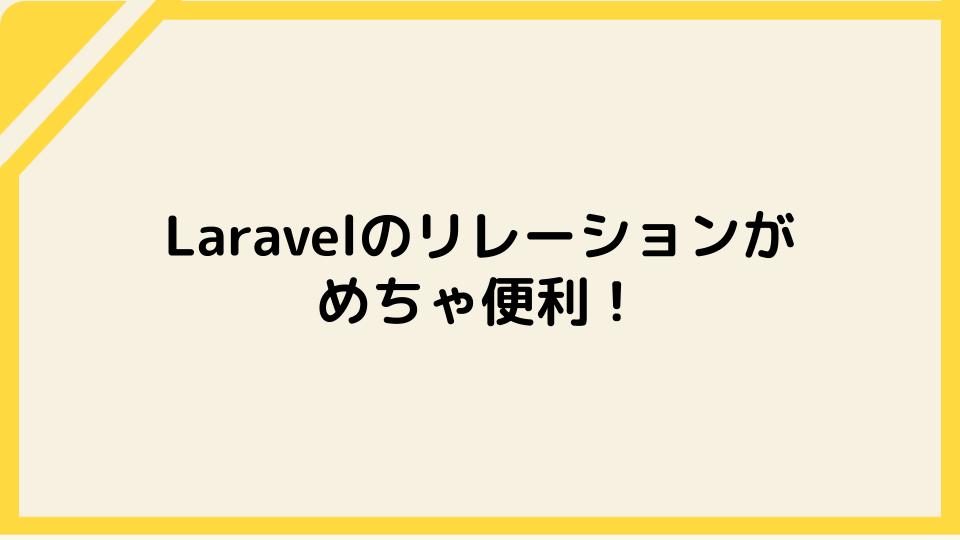こんにちは、樹下です。
今日はLaravelのリレーションシップ(Relationships)の管理について、具体的な使用例を交えて掘り下げます。Laravelは、非常に強力なORM(Object Relational Mapping)エンジン、Eloquentを備えています。
Eloquentを用いることで、データベースのテーブルと対応するモデルの間のリレーションシップを簡単に設定できます。
1. One to Oneリレーション
One to Oneリレーションは、一つのレコードが別のレコードと直接関連付けられる場合に使用します。例えば、ユーザーテーブルとプロフィールテーブルを考えてみましょう。
class User extends Model
{
public function profile()
{
return $this->hasOne(Profile::class);
}
}
class Profile extends Model
{
public function user()
{
return $this->belongsTo(User::class);
}
}これにより、各ユーザーに対してプロフィールを取得することが可能になります。
$user = User::find(1);
$profile = $user->profile;2. One to Manyリレーション
One to Manyリレーションは、一つのレコードが複数のレコードと関連付けられる場合に使用します。例えば、ブログ投稿とコメントの関係です。
class Post extends Model
{
public function comments()
{
return $this->hasMany(Comment::class);
}
}
class Comment extends Model
{
public function post()
{
return $this->belongsTo(Post::class);
}
}そして、各投稿に対する全てのコメントを取得することができます。
$post = Post::find(1);
$comments = $post->comments;3. Many to Manyリレーション
Many to Manyリレーションは、複数のレコードが互いに関連付けられる場合に使用します。例えば、ユーザーと彼らがフォローしている他のユーザーの関係です。
class User extends Model
{
public function follows()
{
return $this->belongsToMany(User::class, 'user_user', 'follower_id', 'followed_id');
}
}ここで、ユーザーがフォローしている他のユーザーを取得することができます。
$user = User::find(1);
$follows = $user->follows;これらはLaravelのリレーションの基本的な概念ですが、これをマスターすれば、さらに高度なリレーションのパターンを学ぶことも可能です。モデル間のリレーションを適切に管理することで、コードの可読性と再利用性を高めることができます。LaravelとEloquentを最大限に活用して、エレガントで強力なアプリケーションを構築しましょう!



